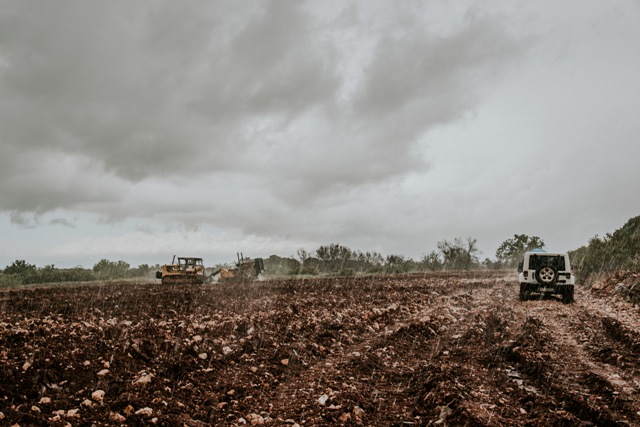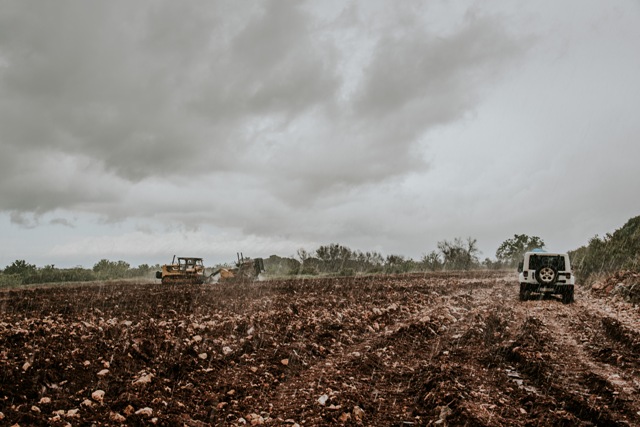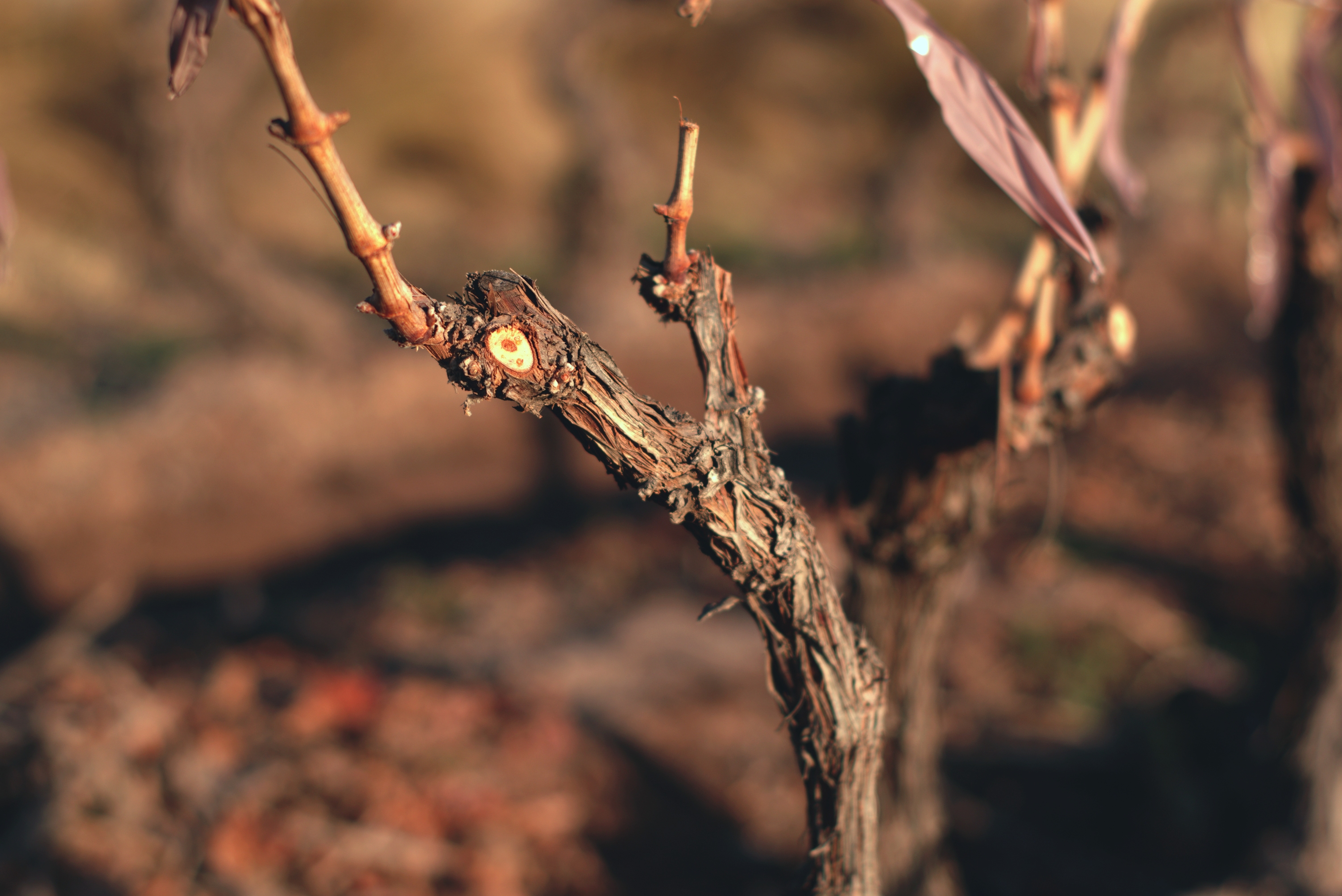8000 years of history, butwhowill produce wine tomorrow?

There is a fertile beltfor wine which will become 180 km closer to the North Pole thin 50 years.
This is asserted by the climatologist Greg Richards, a lecturerat Southern Oregon University.
Therefore, if the vineyards are an accurate indicator of temperature, it is obvious that global warming is advancing.
Some regions will have to modify the systems in the vineyards. But the novelty is that are as which to date are still not inclined to produce wine. For example Iceland and England, will be regenerated.
History repeat sitself. A critical situation for companies in the southern continentis an opportunity for those in the north. This is demonstrated by the current studies on the slope of the vineyards of England, their height and exposure, in order to identify the areas prone to wine producing.
If Tuscany and Burgundy will see the cultivable are as decrease by up to 75% by 2050, other northern European nations will propose bubbles comparable to the most famous French producers.
If changing our attitude and lifestyle is undoubtedly the best solution, the great European scientists propose various alternatives, such as:
- Concentrating on the cultivation of vines resistant to these changes (aglianico, nebbiolo, sangiovese, magliocco, garganica).
- Selecting genotypes that tolerate high temperatures and above all are more resistant to diseases like down ymildew and oidium.
However, if geneticstries to safeguard the historical vines by making them stronger, other solutions will appear in the long term:
- Planting varieties which demonstrate excellent tolerance to high temperatures and droughts.

Tenuta Liliana Contrada Rischiazzi
https://www.tenutaliliana.com/members/
Historical courses and appeals. The Little Ice Age, the small glaciation (between the fourteenth and nineteenth centuries), moved the fulcrum of wine producing towards France and Italy. Today Australia is experimenting with Montepulciano, Nero d’Avola, Sagrantino and Aglianico. However, above all in a not too distant future, will England become a producer of bubbles, producing the wine of tomorrow?









Leave a Reply